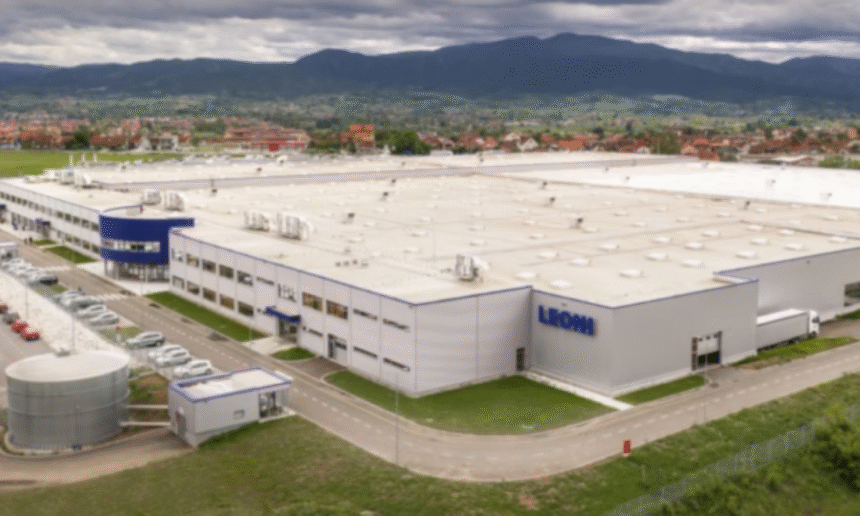Hundreds of employees in Serbia have lost their jobs as foreign companies increasingly shut down factories, particularly after government subsidies and contractual obligations expire.
The Danish workwear manufacturer Kentaur closed its factory in Vranje, southern Serbia, at the end of October, leaving over 250 people unemployed overnight. Former employee G.S. described how workers were barred from entering the premises and informed of the liquidation only outside the facility. The company will pay salaries for October and remaining vacation days, but no further compensation has been confirmed.
Kentaur had received approximately €1 million in state subsidies with the obligation to maintain operations and employment until July 2025. The closure follows a trend of foreign companies leaving Serbia after completing contractual commitments.
Other recent examples include:
- Benetton (Italy) – closure in Niš, spring 2025, over 950 jobs lost.
- Johnson Electric (China) – downsized workforce in Niš by 16%, citing challenges in the European automotive sector.
- Leoni (Germany) – factory closure near Niš, 1,900 jobs affected.
- Jinsi (Turkey) – factory closure in Leskovac, 700 jobs lost.
- Dräxlmaier (Germany) – Zrenjanin factory closed after 15 years, affecting over 2,100 employees.
Most of these companies benefited from substantial government subsidies, tax incentives, and local support, including free land and infrastructure improvements.
Reasons for departures:
- Expiry of contractual obligations regarding employment numbers and operational periods.
- Rising labor costs; Serbia’s minimum wage increased by 9.4% in October 2025, reaching €500 per month for 184 working hours.
- Geopolitical risks and energy supply uncertainties; Serbia’s reliance on Russian gas has been shortened, and energy prices have risen sharply.
- Broader European economic challenges affecting competitiveness.
Economic impact:
- Foreign direct investment (FDI) in Serbia has fallen nearly 42% in 2025, totaling just over €2.1 billion in the first eight months.
- FDI sources: 68.6% EU countries, 16.4% other Europe, 4.1% USA, 3.7% UAE.
Expert opinion:
Millorad Filipović, economics professor at the University of Belgrade, criticized Serbia’s short-term subsidy strategy, noting that five-year contracts were insufficient and no long-term incentives or penalties were in place to retain investors. He emphasized that foreign investment alone cannot ensure sustainable economic growth without strong domestic savings and local investment.
Government response:
President Aleksandar Vučić acknowledged the departures as expected, attributing them partly to lower wages elsewhere, and announced efforts to rehire displaced workers and attract new investors.
Filipović argued that long-term planning, selective investment, and innovation-driven policies would have been more effective than relying on subsidies alone.







